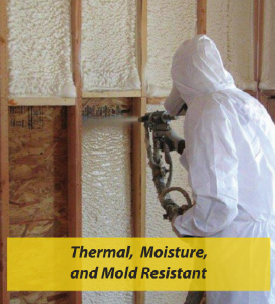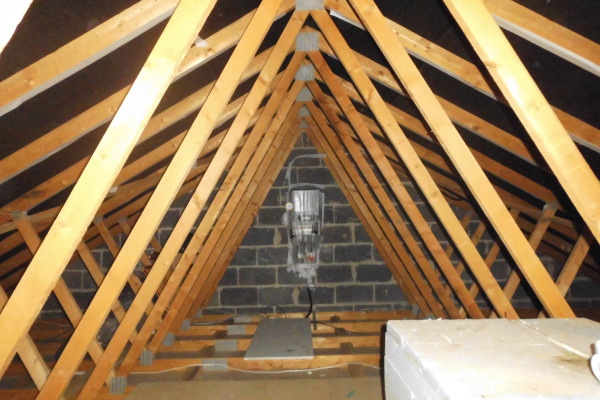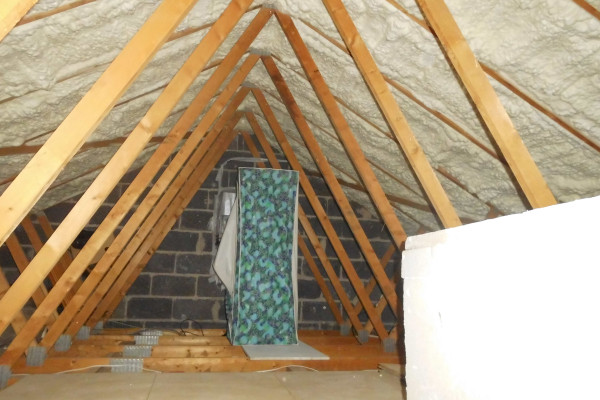The most effective insulation solution available
Spray foams superb ability to seal the envelope ensure the highest performance in energy efficiency, energy cost savings, indoor comfort and air quality - making it the premier insulation choice of architect and builders today.
A seamless airtight solution
Lapolla's insulation system for interior walls & lofts provides a seamless airtight solution…which, unlike conventional insulation materials, is spray applied.
Insulation is one of the most important aspects of the specification of a home for a number of reasons:
- Thermal efficiency
- Achieves maximum U-values Air tightness
- Thermal conductivity as low as 0.025 W/mk
- Eliminates air infiltration
- Fast to apply and quick to cure
- Flexibility in use
- One solution, many applications
Spray foam insulation is designed for internal walls and lofts, but can also be applied to floors, soffits and, with minimal change in formulation, can be used for cavity wall insulation and stabilization.
Existing homes
Re-insulating part, or all, of your home. Through our energy assessment, we present to you the parts of your home that require the most insulation to decrease your energy loss. Usually this involves adding spray foam insulation to your attic, crawl space(s) and/or walls.
You can also retrofit part of your home that has never had insulation. We’ll assess these areas and provide a spray foam insulation estimate to maintain a low energy use. Occasionally homeowners need a wall, ceiling or flooring insulated to prevent drafts.
Application for existing homes
Attics
Spray Polyurethane Foam Insulation can be used in two common ways to insulate your attic space and protect your home from in climate weather and moisture related damages – Vented and Non-Vented Attic spaces.
In a Vented attic, insulation is used on the attic floor to insulate the living space from seasonal heat and/or cold. Spray foam is used where traditional insulation would be; between the floor joists. The rest of the attic (ie: the roof assembly) is left un-insulated and ventilation is incorporated into the gable, soffit, and ridge vents throughout the roof structure.
In a Non-Vented attic, insulation is applied directly to the underside of the roof sheathing to insulate the entire attic from seasonal heat and/or cold. Spray foam is installed between the roof rafters, along the soffit areas and directly to all exterior surfaces such as gable walls, dormers, etc., to produce an air tight building envelope.
Air sealing
Airflow through cracks and holes in the walls, ceiling and floor is referred to as air infiltration. In addition to the use of spray foam, air infiltration is minimized by caulking and sealing the building envelope. A home that is not sealed for air infiltration will be uncomfortable due to drafts and will use about 30% more energy than a well sealed home. Controlling air infiltration is one of the most cost-effective energy-efficiency measures in modern construction practices.
New home insulation
Have a new home being built, or have construction already in progress? Request for a spray foam estimate once the foundation and frame have been completed. Our insulators can provide an estimate at this level of construction.
How it works
Spay foam insulation is like no other insulation option: it acts as a comprehensive air, moisture and thermal barrier - eliminating your need to specify multiple products for these important envelope functions.

Spray foam effectively seals the building envelope, filling in and cracks and crevices- the common source of air and moisture infiltration as well as temperature variations.
Slide below
The below before and after slide show a typical attic installation.


25 Year Warranty
All spray foam installations are carried out by Lapolla licensed installers.





